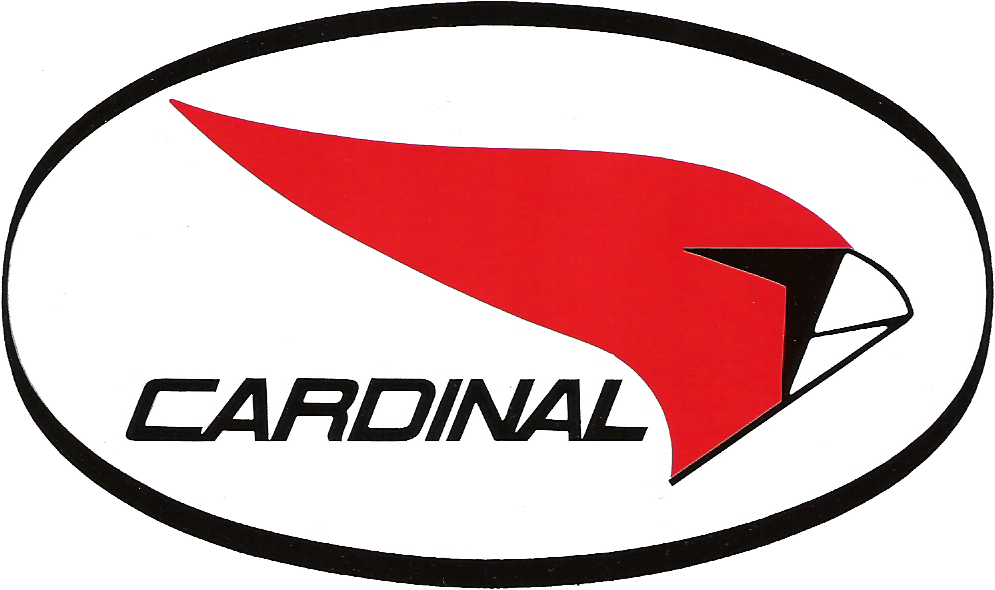 CFT
- Chemical Flow Tracer
CFT
- Chemical Flow Tracer
 CFT
- Chemical Flow Tracer
CFT
- Chemical Flow Tracer
Due to patent issues, the following as applied to frac flow back is offered for information purposes only. 10-07-2014.
Rapidly advancing technology in well drilling and completion practice results in long, multizone, horizontal completions. By tracing the individual completion stages with chemical tracers, the operator can determine which stage or zone is likely to produce based on the flow-back and clean-up performance. During the pumping stage, a carefully controlled, unique chemical tracer is injected at a constant concentration for each completion stage. When the well zones are reopened and flowed back, the flow-back fluids can be sampled and analyzed. By applying material balance principles, the contribution from each flow-back zone can be determined.
The data can be presented both in tabular and graphical form. For each zone, the initial injection fluid volume, flow-back volume, and flow-back efficiency can be calculated. The graphical presentation includes tracer concentration vs. elapsed flow-back time, as well as the ultimate flow-back efficiency profile.
Chemical flow tracers are also used for inter-well tracer studies, to help operators determine reservoir flow paths and well-to-well interaction. See example below.
The advantages of CFT tracers include several facets. The chemicals are used at very low concentrations are are safe. There are no radio-isotopes involved. (Although, radioactive tracers for the solid propent materials can be utilized along with chemical tracers.) The chemical tracers are readily detectible in very low concentrations. Sampling is relatively easily accomplished along with flow-back monitoring, and no down-hole instrumentation is required. The analysis results have proven to be beneficial in characterizing and understanding multi-stage treatments. Options are possible, such as tracing various phases of a single stage, or phases of multiple stages.
The chemicals used for tracing operations are non hazardous, environmentally friendly, will not degrade with time. Some of these tracer chemicals have been in use in fields where samples are still being analyzed years after injection. All are thermally stable up to or in excess of 350 degrees Fahrenheit. The chemicals are detectible down to 1 ppb so until they are diluted below this limit, they can be tracked. There are more than 14 different chemicals available, with sufficient lead time (minimum two weeks.) The key is to pump very uniformly to get a constant concentration. Cross-contamination is not an issue during the frac treatment, but it could be an issue when the plugs are removed if there is significant cross flow from one zone to another.
During the flow back, accurate flow back volumes are needed in order to calculate the contributions from each zone. Sampling is normally done by the flow back monitoring personnel, using a supply of pre-labeled bottles. Each label has spaces for the date / time and flow back volume, or a corresponding flow back log can be included. One of the keys to sampling is to take lots of samples, more than you think you need, and only pay to analyze a selection on the first pass. Then if more data are required, additional samples are selected for analysys. You can't go back and analyze a sample you didnít take. So, for example, you might want several samples per day, especially during the initial flow back period or injection period.
Tracer response on waterflood interwell tracer project: